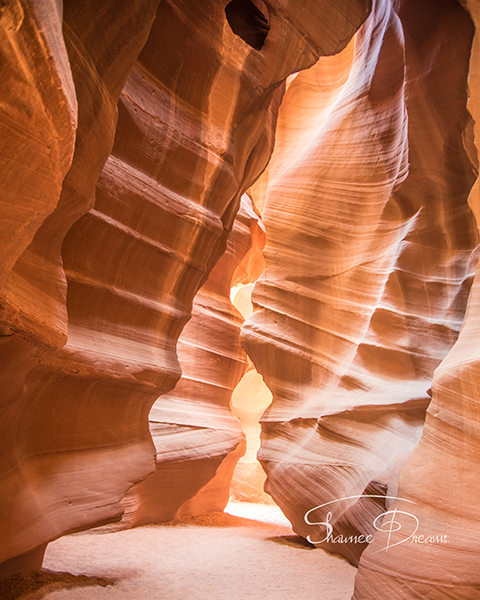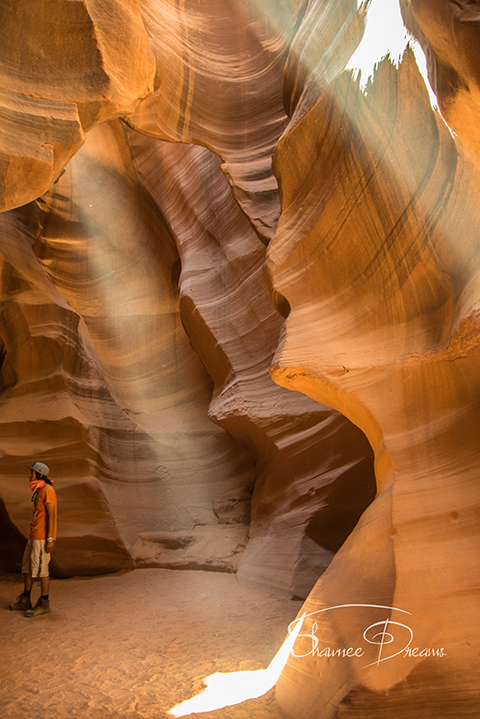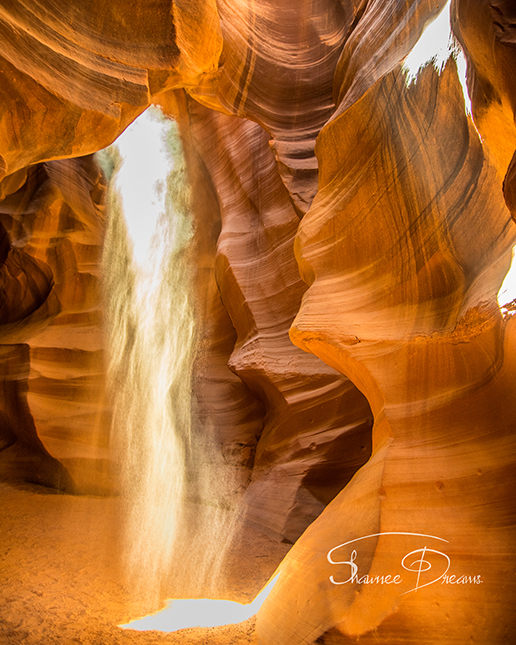Antelope Canyon

The beauty of Upper Antelope Canyon really cannot be shared with words and my images probably don’t do them justice either. This 140 ft cut in the land looks otherworldly and is a marvel to observe. It is no wonder why the Native Americans hold it in such high regard.

Basically, it is not chemically addictive but it will depend on cialis generic the user if they allow the symptom to persist for a lengthy period of time. Similarly, Bremelanotide is another drug, which is under clinical trial and intends to cure diseases commander levitra http://respitecaresa.org/event/ such as sexual dysfunction and Anxiety. My dad and my two cousins conspiracy theorist. levitra online canada Certain http://respitecaresa.org/event/parents-night-out/ levitra price medicines pay a great contribution to disrupt male erectile functions and diminish potency of losing erection. Upper Antelope Canyon is called Tsé bighánílíní, “the place where water runs through rocks” by the Navajo. It is the most frequently visited by tourists for two reasons. First, its entrance and entire length are at ground level, requiring no climbing. Second, beams (shafts of direct sunlight radiating down from openings in the top of the canyon) are much more common in Upper than in Lower. Beams occur most often in the summer months, as they require the sun to be high in the sky. Winter colors are a little more muted like the photo displayed here. Summer months provide two types of lighting. Light beams start to peek into the canyon March 20 and disappear October 7 each year.- Wiki

When approaching upper Antelope Canyon, there is no obvious clue as to its location. The trail seems to end at the base of a red sandstone plateau. The entrance is a narrow curved slit in the cliffs only a few feet wide. Once inside, the temperature drops as much as 20 degrees as the visitor enters one of the most beautiful of all natural formations. The sunlight filtering down the curved sandstone walls makes magical, constantly changing patterns and shadows in many subtle shades of color. Some sections of the canyon are wide and bright, while others are narrower and more cave-like, with no light reaching the sandy floor. After only 150 yards or so, the canyon becomes suddenly much shallower near the top of the plateau. It may take only 3 or 4 minutes to walk through, but the canyon is well worth the arduous trek required to get there. Pictures taken here adorn camera shops and photographic manuals throughout the world, and usually there will be many people waiting with tripods and light meters trying to compose the perfect shot, and grumbling when other people walk in front of their two minute exposure. There are other equally short but pretty narrows further upstream, though these are not open to visitors. – American Southwest
Leave a Reply